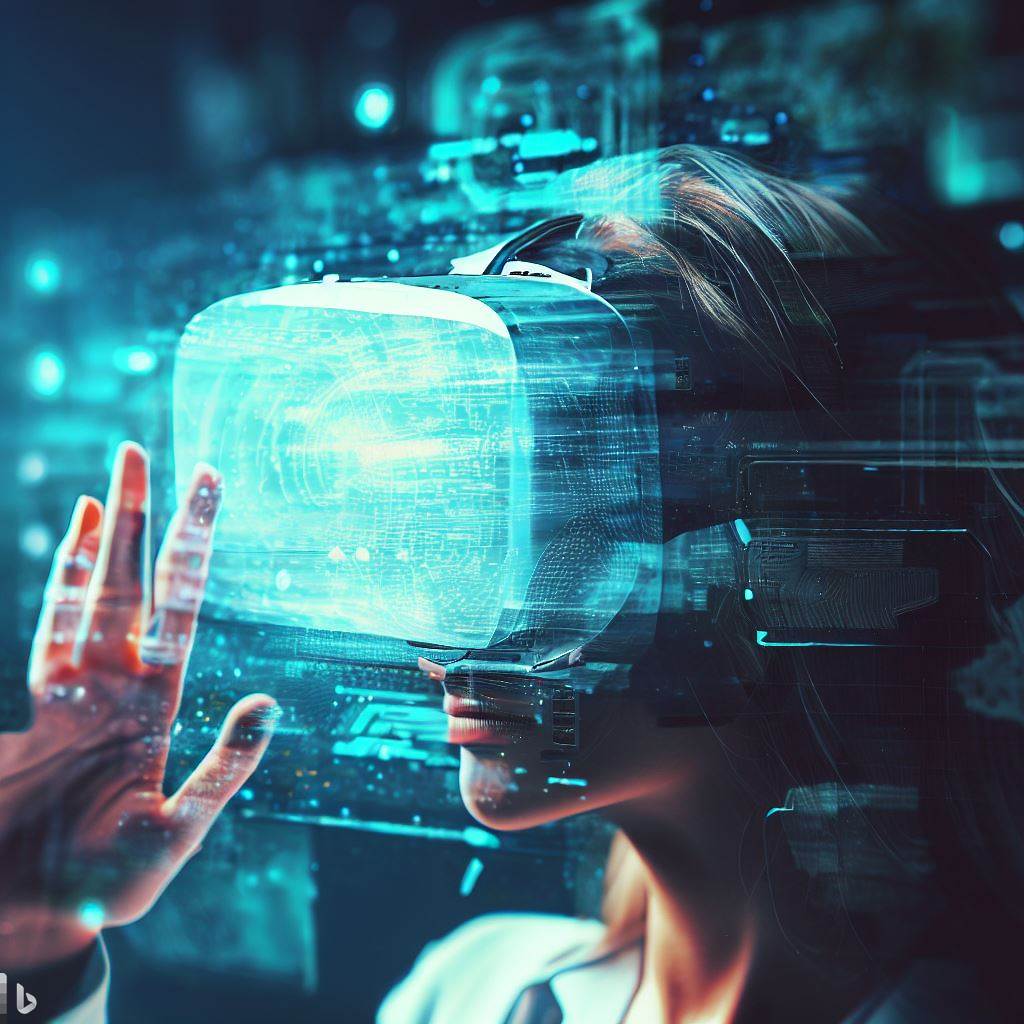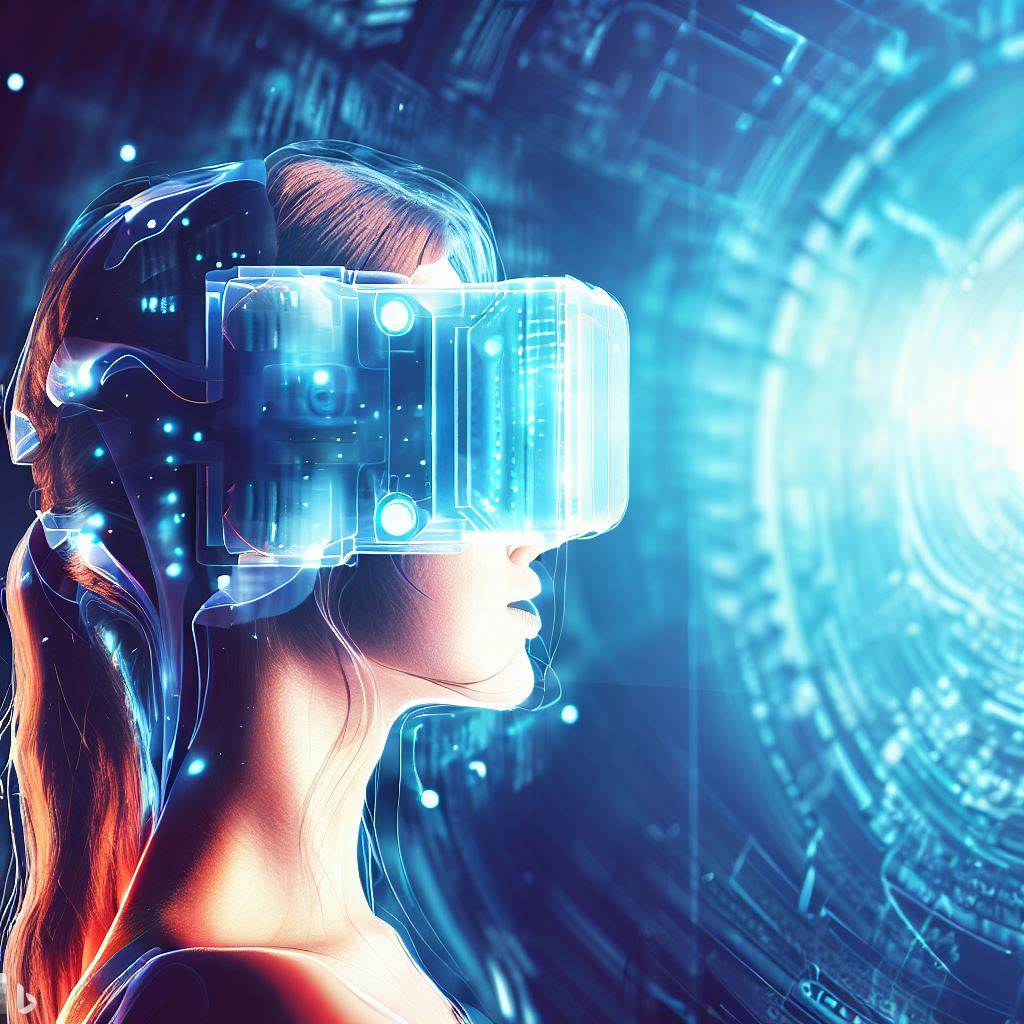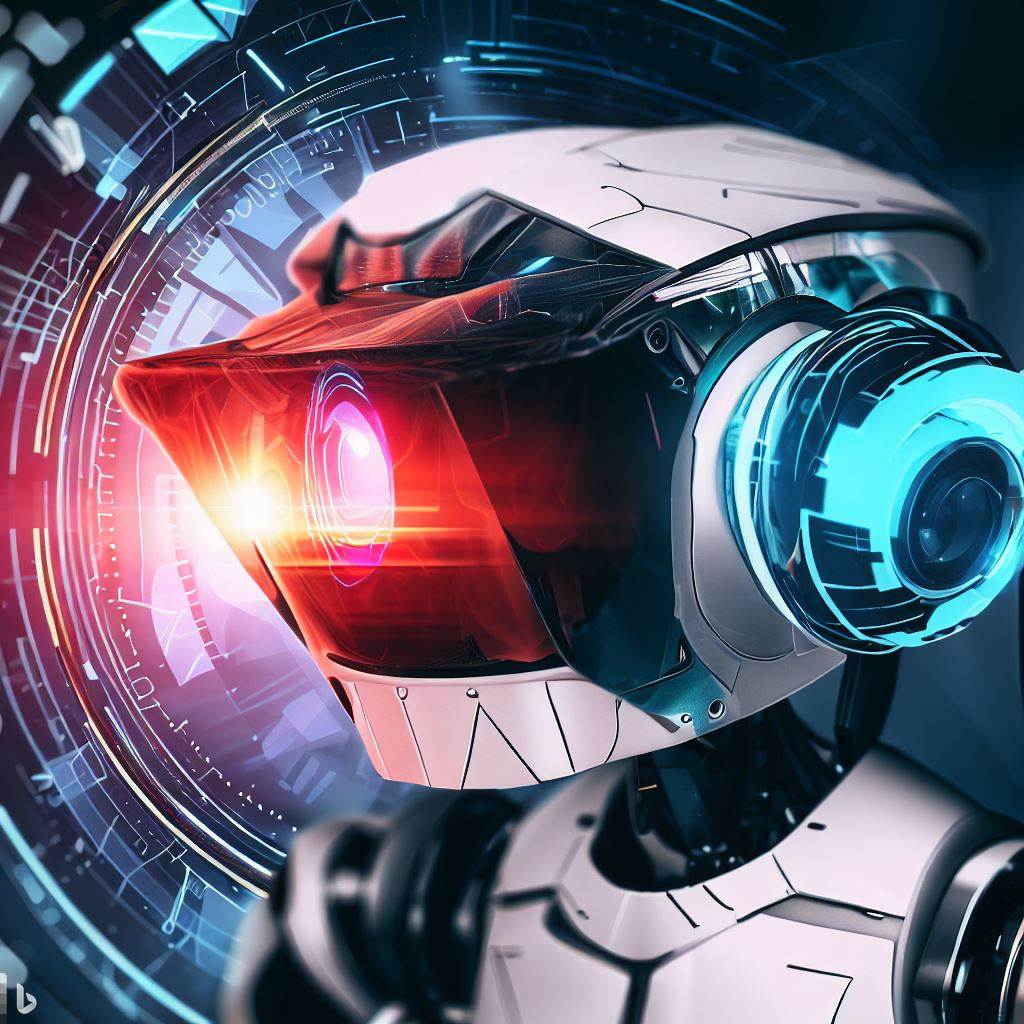In the realm of education, the convergence of artificial intelligence (AI) and augmented reality (AR) has sparked a revolution in the way we learn and acquire knowledge. By seamlessly blending the power of intelligent algorithms with immersive digital experiences, AI and AR technologies are reshaping the landscape of education, making learning more engaging, personalized, and effective than ever before. The symbiotic relationship between AI and AR opens up a world of possibilities, paving the way for a future of immersive and customized learning experiences.
Enhancing Engagement with Immersive Experiences
One of the key advantages of AI and AR in education lies in their ability to create immersive learning experiences. By leveraging augmented reality, students can transcend the boundaries of traditional classrooms and textbooks, stepping into virtual worlds where abstract concepts come to life. Whether exploring the depths of the ocean, dissecting a virtual organism, or exploring historical events in a lifelike setting, AR bridges the gap between theory and practice, captivating learners and deepening their understanding through interactive engagement.
AI’s Role in Personalized Learning
Artificial intelligence acts as a catalyst, amplifying the impact of augmented reality in education. By analyzing vast amounts of data, AI algorithms can understand the unique learning needs and preferences of individual students. This insight enables the creation of tailored learning experiences that adapt in real time, catering to each student’s pace, style, and level of understanding. AI-powered tutoring systems can provide personalized feedback, recommend learning resources, and identify areas where additional support is required. This personalized approach empowers students to take ownership of their learning journey, boosting motivation and academic achievement.
Augmenting Real-World Context
AI and AR also have the potential to bring real-world context into the educational experience. By integrating AI algorithms with AR applications, students can access instant information and expert insights while exploring the world around them. For example, pointing a smartphone or wearable device at a plant can provide detailed botanical information or an interactive lesson on photosynthesis. By overlaying virtual information onto the physical environment, AI and AR bridge the gap between theoretical knowledge and practical application, fostering deeper comprehension and critical thinking skills.
Collaborative and Interactive Learning
AI and AR technologies encourage collaboration and interaction among students, fostering a rich learning environment. Virtual reality simulations can enable students to work together on complex projects, solving problems and honing their teamwork skills. AI-powered chatbots and virtual assistants can facilitate discussions and provide instant guidance, creating a dynamic and interactive learning space. Through these collaborative experiences, students develop essential social and communication skills that are vital in the 21st-century workforce.
Data-Driven Insights for Educators
AI in combination with AR offers valuable insights to educators, allowing them to make data-driven decisions and adapt teaching strategies accordingly. AI algorithms can analyze student performance data, identify knowledge gaps, and suggest targeted interventions. These insights help educators tailor their instruction to meet the needs of individual learners, ensuring that no student is left behind. Additionally, AI-powered analytics provide educators with a holistic view of classroom progress, enabling them to refine curriculum design and identify areas for improvement.
Ethical Considerations and Challenges
As with any technological advancement, the integration of AI and AR in education raises important ethical considerations. Safeguarding student privacy and data security is paramount, necessitating robust safeguards and transparent practices. Additionally, ensuring equitable access to AI and AR technologies is crucial to avoid deepening educational inequalities. It is essential to address these challenges proactively while promoting the responsible and inclusive deployment of these powerful tools.
Summary
The future of education lies in the seamless integration of AI and AR technologies. Together, they offer immersive and customized learning experiences that engage students, promote personalized instruction, and bridge the gap between theory and practice. By leveraging AI’s analytical capabilities and AR’s immersive nature, we unlock a world of educational possibilities, fostering curiosity, critical thinking, and a love for lifelong learning. As we navigate this transformative journey, it is imperative to prioritize ethical considerations and ensure that these technologies are harnessed for the betterment of education and the empowerment of learners.



